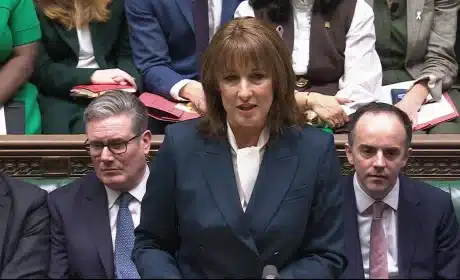Landlords’ Guide to Mould
6th December 2023

Despite diligent efforts to ventilate and maintain dry environments, mould has an uncanny knack for resurfacing persistently. The burning questions: Whose duty is it to tackle this menace in a rental property, and can tenants rightfully seek rent reductions in the face of lingering mould?
Let’s delve into this common predicament; from preventive measures to navigating deposit deductions, we aim to shed light on landlords’ mould responsibilities.Before determining responsibility, it’s crucial to comprehend the various types of mould and their origins.
Rising Damp
The upward movement of water through bricks and mortar, known as rising damp, can lead to mould formation if not promptly addressed.
Penetrating Damp
Caused by leaks allowing water into the property, penetrating damp results in surface mould growth. This often stems from structural issues like broken roof tiles or faulty plumbing.
Condensation
When moisture meets cold surfaces due to poor insulation or faulty ventilation, condensation occurs. While it’s considered a structural issue, tenant lifestyle habits can also contribute.
Mould isn’t just an aesthetic concern; it poses health risks for tenants. According to the Housing Health and Safety Rating (HHSR), damp is deemed an essential repair due to potential health issues, including breathing difficulties, irritation, allergic reactions, skin rashes, and asthma attacks.
Legally, landlords are responsible for addressing rising or penetrative damp resulting from structural faults, as stipulated in section 11 of the Landlord and Tenant Act 1985. However, when interior condensation is attributed to tenant actions, responsibility shifts.Condensation culprits may include drying clothes indoors, showering without adequate ventilation, cooking without opening windows, or insufficient heating.
For tenants spotting mould, prompt communication with the landlord/lettings agent is crucial. Landlords, upon receiving a mould report, should swiftly inspect and address the issue, ensuring repairs extend to any resulting damage. Landlords can deduct money from the deposit for mould-related damages caused by tenants. The deduction, at the landlord’s discretion, considers repairs and redecoration beyond fair wear and tear. Whether mould qualifies as normal wear and tear depends on its cause. Negligence by tenants, despite landlord advice and maintenance support, opens avenues for compensation claims.
Tenants enduring mould issues may explore early termination if the tenancy agreement includes a break clause. In the absence of such, involving local authorities can prompt inspections to determine landlord negligence, leading to repair demands.
For landlords, attempting to evict a tenant without addressing reported mould issues within six months of reporting could invalidate eviction notices.
Tips for Prevention
Tenants:
Dry clothes outside or in well-ventilated areas.
Cover pans when cooking to contain steam.
Keep doors closed and windows open in kitchens and bathrooms.
Use bath mats to absorb excess water.
Regularly air out cupboards and wardrobes.
Maintain a consistent indoor temperature by using heating.
Landlords:
Ensure proper property ventilation.
Regularly maintain gutters, roofs, and plumbing.
Repair or replace faulty damp-proof courses.
Install extractor fans in bathrooms.
By understanding the nuances of mould responsibilities, both landlords and tenants can foster healthier, dispute-free living environments. For a comprehensive exploration of these insights, feel free to chat with a member of our maintenance team to discuss how Coapt can protect your investment in both the short and long run.

Budget Summary at a Glance
26th November 2025
A chaotic start with early publication from the OBR, but here’s what actually matters from today’s fiscal plan: Budget Summary…

Budget Chaos and What It Means for Brighton & Hove Landlords
26th November 2025
Well that was interesting! Today’s Budget took an unexpected twist when the details were released in full and online by…

Renter’s Rights Bill receives Royal Assent: What landlords need to know
28th October 2025
RRB has since received Royal Assent after this article was published. Just over a year since it was first brought…